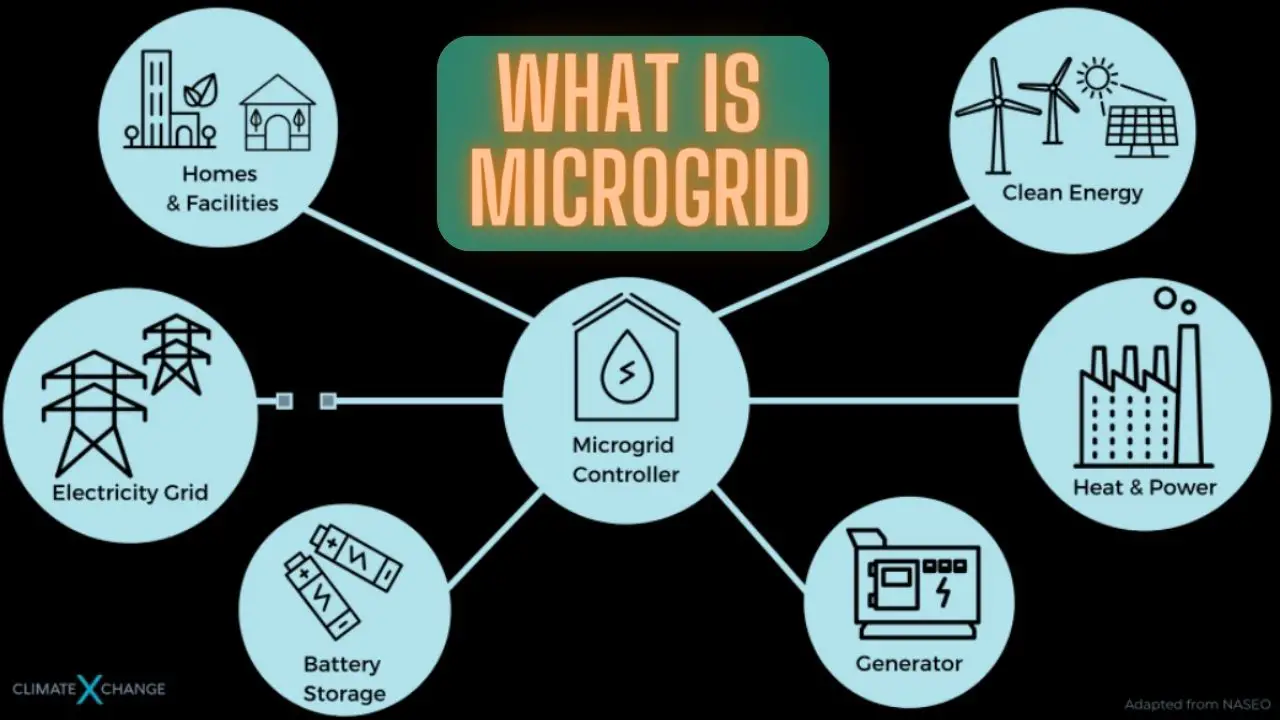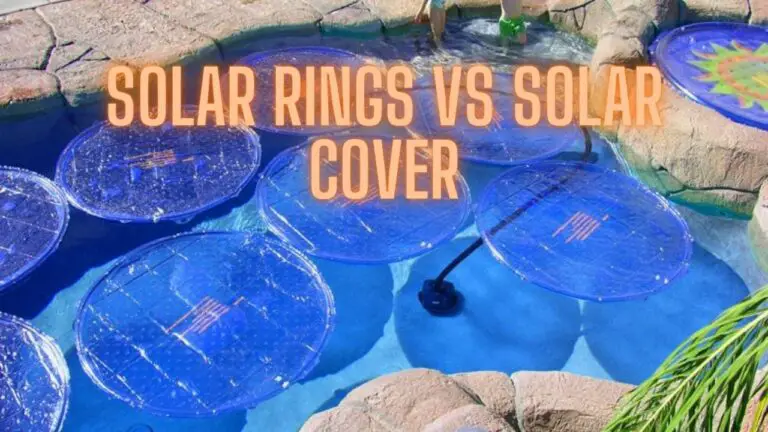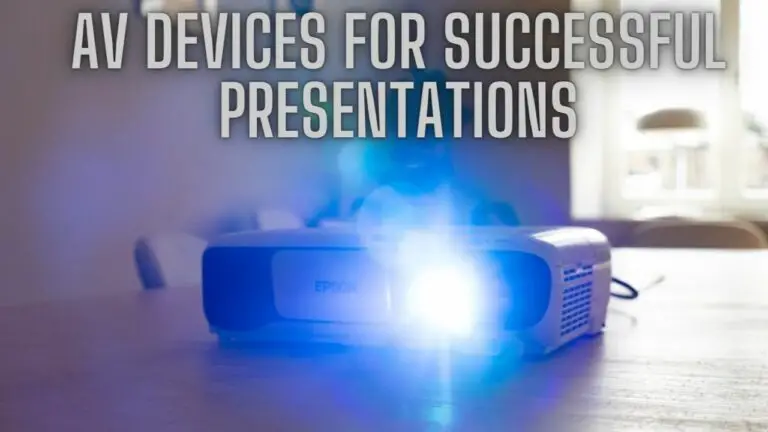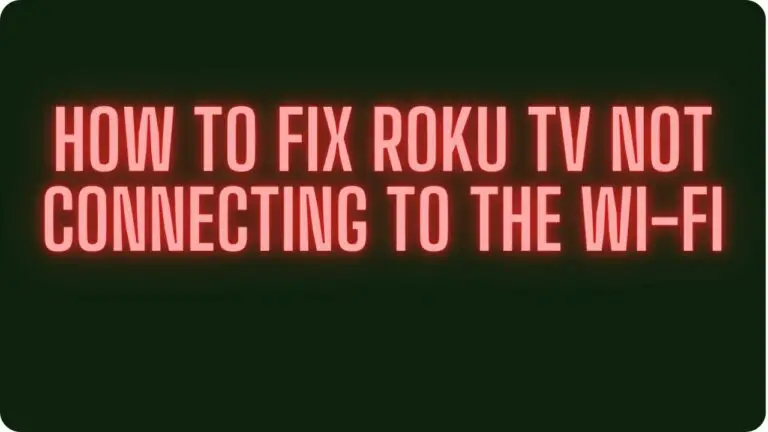What is Microgrid: Types of MicroGrids
Introduction
In the pursuit of a more resilient and sustainable energy future, the concept of microgrids has emerged as a transformative solution. A microgrid is a localized energy system that combines distributed energy resources, such as solar panels, wind turbines, energy storage, and backup generators, to operate independently or in conjunction with the main grid.
By empowering communities, campuses, industrial sites, and even remote areas to generate, store, and manage their own energy, microgrids offer a range of benefits that extend beyond the traditional power grid. In this article, we’ll explore the components, advantages, and applications of microgrids.
Components of a Microgrid:
1. Distributed Energy Resources (DERs): Microgrids rely on a mix of distributed energy resources, including renewable sources like solar and wind, as well as conventional sources like natural gas generators. These resources contribute to the generation of electricity within the microgrid.
2. Energy Storage Systems: Energy storage technologies, such as batteries, play a critical role in microgrids by storing excess energy generated during periods of low demand and making it available during high-demand times or when renewable sources are unavailable.
3. Control and Automation: Sophisticated control and automation systems manage the flow of electricity within the microgrid. These systems ensure optimal energy distribution, monitor performance, and facilitate seamless transitions between grid-connected and islanded modes.
4. Islanding Capability: One of the defining features of a microgrid is its ability to operate autonomously when disconnected from the main grid, referred to as “islanding.” This capability ensures uninterrupted power supply during grid outages.
Advantages of Microgrids:
1. Energy Resilience and Reliability: Microgrids enhance energy resilience by providing a backup power source during grid failures. They can ensure essential services like hospitals, emergency centers, and critical infrastructure remain operational.
2. Energy Efficiency: By generating and utilizing energy locally, microgrids reduce transmission and distribution losses that often occur in centralized power systems. This leads to increased energy efficiency.
3. Integration of Renewables: Microgrids facilitate the integration of renewable energy sources, promoting cleaner energy production and reducing greenhouse gas emissions.
4. Peak Load Management: Microgrids can manage peak energy demand more effectively by using stored energy during periods of high demand, thus lowering overall energy costs.
5. Grid Support: In some cases, microgrids can provide support to the main grid by injecting excess power back into the grid or reducing strain during peak periods.
Applications of Microgrids:
1. Community Microgrids: Microgrids can serve as energy hubs for neighborhoods or communities, providing reliable and sustainable power while reducing reliance on the main grid.
2. Campus Microgrids: Educational institutions and campuses use microgrids to power their facilities, ensuring continuous operation and offering learning opportunities about sustainable energy.
3. Industrial Microgrids: Industries can create microgrids to meet their energy needs, reduce energy costs, and enhance operational resilience.
4. Remote Areas and Islands: Microgrids are particularly valuable in remote areas and islands where grid connection is challenging. They offer a solution for self-sufficient energy generation.
5. Emergency Response and Disaster Recovery: Microgrids play a critical role in disaster-prone regions by providing reliable power during emergencies, aiding in rescue operations and recovery efforts.
Types of Microgrids
Microgrids come in various types, each tailored to specific applications and operational requirements. The different types of microgrids include:
1. Grid-Connected Microgrid: A grid-connected microgrid remains connected to the main utility grid and operates in parallel with it. It can draw electricity from the main grid when needed and can also inject excess energy back into the grid. This type of microgrid offers energy resilience during grid outages and can help stabilize the main grid by providing additional power during peak demand.
2. Islanded Microgrid: An islanded microgrid operates independently from the main grid and can generate, store, and distribute its own electricity. It is designed to provide uninterrupted power supply during grid outages, making it suitable for critical facilities like hospitals, military bases, and remote communities. Islanded microgrids typically incorporate backup generators and advanced control systems to maintain stable operation.
3. Hybrid Microgrid: A hybrid microgrid combines multiple energy sources, often integrating renewable sources like solar and wind with conventional sources like diesel generators or natural gas turbines. The hybrid configuration optimizes energy generation and enhances reliability by utilizing different sources based on availability and demand.
4. Community Microgrid: Community microgrids serve neighborhoods or communities by providing shared energy resources. They can include a mix of residential, commercial, and public facilities. Community microgrids enhance energy resilience and promote localized energy generation, allowing neighbors to share energy resources and support each other during emergencies.
5. Campus Microgrid: Campus microgrids power educational institutions, universities, and large campuses. They often integrate renewable energy sources and energy storage to meet the energy needs of various buildings and facilities within the campus while providing learning opportunities for students.
6. Remote Microgrid: Remote microgrids are deployed in areas that are not connected to the main utility grid. They use a combination of renewable energy sources, energy storage, and backup generators to provide reliable power to remote communities, off-grid locations, and islands.
7. Military Microgrid: Military microgrids are designed to provide energy security and resilience to military bases, installations, and forward operating bases. They enhance operational readiness by ensuring a continuous power supply even in hostile or austere environments.
8. Industrial Microgrid: Industrial microgrids are implemented in industrial complexes and manufacturing facilities. They optimize energy usage, reduce costs, and enhance operational efficiency by combining energy generation, storage, and demand management.
9. Campus Microgrid: Campus microgrids power educational institutions, universities, and large campuses. They often integrate renewable energy sources and energy storage to meet the energy needs of various buildings and facilities within the campus while providing learning opportunities for students.
10. Emergency Response Microgrid: Emergency response microgrids are designed to provide power during disaster situations and emergencies. They can be quickly deployed to support relief efforts, power critical facilities, and assist in disaster recovery.
Each type of microgrid serves specific needs and objectives, whether it’s enhancing energy resilience, promoting renewable energy adoption, optimizing energy usage, or providing reliable power to remote areas. The choice of microgrid type depends on factors such as the local energy landscape, the purpose of the microgrid, and the resources available for implementation.
Challenges and Considerations
Microgrids offer numerous benefits, but their implementation also presents various challenges and considerations that need to be addressed. These challenges can range from regulatory hurdles to technical complexities and financial considerations. Here are some key factors to consider:
- Regulatory Challenges:
- Interconnection Standards: Microgrids must comply with interconnection standards and regulations established by local utilities and regulatory agencies. Ensuring seamless integration with the existing grid infrastructure while maintaining grid stability and reliability can be challenging.
- Policy and Permitting: Regulatory frameworks governing microgrid deployment, operation, and tariff structures vary by jurisdiction. Navigating through complex regulatory processes, obtaining permits, and complying with zoning and land use regulations can delay project timelines and increase costs.
- Grid Operator Coordination: Coordination with grid operators is essential, especially for grid-connected microgrids. Establishing protocols for grid interaction, grid islanding, and emergency response procedures requires collaboration between microgrid operators and utility companies.
- Technical Challenges:
- Grid Stability and Resilience: Microgrids must maintain grid stability and reliability while integrating renewable energy sources and managing fluctuating demand. Implementing advanced control algorithms, energy management systems, and grid-forming technologies is crucial to maintaining grid stability during islanded and grid-connected operation.
- Energy Management and Optimization: Optimizing energy generation, storage, and consumption within microgrids requires sophisticated control strategies and predictive analytics. Balancing supply and demand, managing energy flows, and optimizing dispatch of distributed energy resources (DERs) can be complex tasks, especially in dynamic and variable environments.
- Cybersecurity and Data Privacy: Microgrid systems are susceptible to cybersecurity threats, including unauthorized access, data breaches, and cyberattacks. Implementing robust cybersecurity measures, encryption protocols, and access controls is essential to safeguarding critical infrastructure and protecting sensitive data.
- Financial Considerations:
- Capital Costs: The upfront capital costs associated with designing, installing, and commissioning microgrid systems can be substantial. Factors such as equipment costs, site preparation, infrastructure upgrades, and permitting fees contribute to the overall project cost.
- Return on Investment (ROI): Assessing the financial viability and ROI of microgrid projects requires comprehensive economic analysis and modeling. Factors such as energy savings, avoided grid charges, revenue from grid services (e.g., demand response, frequency regulation), and potential revenue streams (e.g., selling excess energy) influence the financial performance of microgrid investments.
- Financing Options: Securing financing for microgrid projects can be challenging, especially for community-scale and distributed energy projects. Exploring financing options such as grants, incentives, loans, power purchase agreements (PPAs), and energy service contracts (ESCOs) can help mitigate financial risks and attract investment.
Addressing these challenges and considerations requires collaboration among stakeholders, including policymakers, regulators, utilities, technology providers, project developers, and end-users. Implementing effective regulatory frameworks, deploying advanced technologies, and leveraging innovative financing mechanisms are essential steps in overcoming barriers to microgrid deployment and realizing the full potential of distributed energy systems.
Future Trends in Microgrid Technology
As microgrid technology continues to evolve, several trends are shaping the future of microgrid development and deployment. These trends reflect advancements in renewable energy integration, energy storage, digitalization, and grid modernization. Here are some key future trends in microgrid technology:
- Increased Renewable Energy Integration:
- Future microgrids are expected to rely more on renewable energy sources such as solar photovoltaics (PV), wind turbines, and biomass generators. Advances in renewable energy technologies, coupled with declining costs and improved efficiency, make renewable energy an increasingly attractive option for microgrid applications.
- Energy Storage Innovation:
- Energy storage systems (ESS) play a critical role in enhancing the flexibility and resilience of microgrids. Future trends in energy storage include the development of advanced battery chemistries, such as solid-state batteries, flow batteries, and hybrid energy storage systems (HESS), to improve energy density, cycle life, and efficiency.
- Grid-Interactive and Bi-Directional Operation:
- Future microgrids are expected to operate in grid-interactive and bi-directional modes, allowing seamless integration with the main grid and enabling the exchange of energy between microgrids and the utility grid. Advanced control algorithms and grid-forming technologies facilitate grid stability and support grid services such as frequency regulation and voltage control.
- Digitalization and Smart Grid Technologies:
- Digitalization and smart grid technologies enable real-time monitoring, control, and optimization of microgrid operations. Future microgrids will leverage advanced sensors, communication networks, and data analytics to enhance energy management, optimize resource utilization, and improve grid reliability and resilience.
- Microgrid as a Service (MaaS):
- The emergence of microgrid-as-a-service (MaaS) business models allows customers to access microgrid capabilities without the need for upfront capital investment. MaaS providers offer turnkey solutions, including design, installation, operation, and maintenance of microgrid systems, enabling end-users to benefit from reliable and sustainable energy services.
- Resilience and Disaster Preparedness:
- Microgrids play a vital role in enhancing grid resilience and disaster preparedness, particularly in areas prone to extreme weather events, natural disasters, and grid disruptions. Future trends in microgrid technology focus on improving resilience through redundant infrastructure, islanding capability, and rapid system restoration.
- Integration of Distributed Energy Resources (DERs):
- Future microgrids will integrate a diverse range of distributed energy resources (DERs), including solar PV, wind, hydro, biomass, combined heat and power (CHP), and electric vehicle (EV) charging stations. Integrated DERs enable microgrids to meet diverse energy needs, optimize resource utilization, and reduce carbon emissions.
- Community Microgrids and Peer-to-Peer Energy Trading:
- Community microgrids and peer-to-peer energy trading platforms empower local communities to generate, store, and share renewable energy resources within decentralized energy networks. Future trends in microgrid technology include the development of community-based microgrids and blockchain-enabled energy trading platforms to promote energy independence and resilience at the community level.
These future trends in microgrid technology reflect the ongoing transition towards decentralized, clean, and resilient energy systems. By leveraging technological innovation, policy support, and collaborative partnerships, microgrids can play a transformative role in advancing the transition to a sustainable energy future.
Microgrid FAQS
What is a microgrid?
A microgrid is a localized energy system that integrates various distributed energy resources, including renewable sources, energy storage, and backup generators. It can operate independently or in coordination with the main grid to provide reliable and resilient power to a specific area or facility.
How does a microgrid work?
A microgrid generates, stores, and distributes electricity within a defined area. It can operate in three modes: connected to the main grid, isolated from the main grid (“islanded”), or a combination of both. Advanced control systems manage the flow of energy, optimizing generation, consumption, and storage based on demand and availability.
What are the benefits of microgrids?
Microgrids offer several benefits, including:
- Enhanced energy resilience during grid outages.
- Integration of renewable energy sources for cleaner energy generation.
- Improved energy efficiency and reduced transmission losses.
- Flexibility in meeting specific energy needs and requirements.
- Potential cost savings through demand management and energy optimization.
How do microgrids enhance energy resilience?
Microgrids can operate independently from the main grid, providing backup power during grid failures. They are equipped to continue supplying power to critical facilities and services, such as hospitals, emergency centers, and communication systems.
What types of energy sources are used in microgrids?
Microgrids incorporate various energy sources, including solar panels, wind turbines, hydroelectric generators, natural gas generators, and energy storage systems (batteries). The mix of energy sources depends on factors like location, energy availability, and specific goals.
Can microgrids use renewable energy sources exclusively?
Yes, microgrids can be designed to rely solely on renewable energy sources such as solar and wind. However, backup generators or energy storage systems may be included to ensure reliable power during periods of low renewable energy generation.
Are microgrids only used in remote areas?
No, microgrids have a range of applications beyond remote areas. They are used in urban and suburban settings, campuses, industrial complexes, military bases, and communities to enhance energy resilience, reduce energy costs, and integrate renewable energy.
Can microgrids be connected to the main grid?
Yes, microgrids can be grid-connected, allowing them to exchange electricity with the main utility grid. This enables them to draw power from the grid when needed and inject excess energy back into the grid.
Are microgrids scalable?
Yes, microgrids can be designed to be scalable. They can be expanded by adding more distributed energy resources and energy storage capacity as energy needs grow.
What is the role of control systems in microgrids?
Advanced control systems monitor and manage the energy flow within microgrids. They optimize energy generation, storage, and consumption to ensure a stable and efficient operation, especially during transitions between grid-connected and islanded modes.
Can microgrids reduce electricity bills?
Yes, microgrids can help reduce electricity bills by using locally generated energy and stored energy during peak demand times. This can lead to cost savings through efficient energy usage.
Are there regulations for microgrids?
Regulations for microgrids vary by location and jurisdiction. Some regions have specific regulations governing microgrid operation, connection to the main grid, and safety standards.
Conclusion
In conclusion, microgrids are redefining the energy landscape by empowering local communities and industries to take control of their energy supply. By combining renewable sources, energy storage, and advanced control systems, microgrids offer a sustainable and resilient solution for a world seeking cleaner, more reliable energy options.







